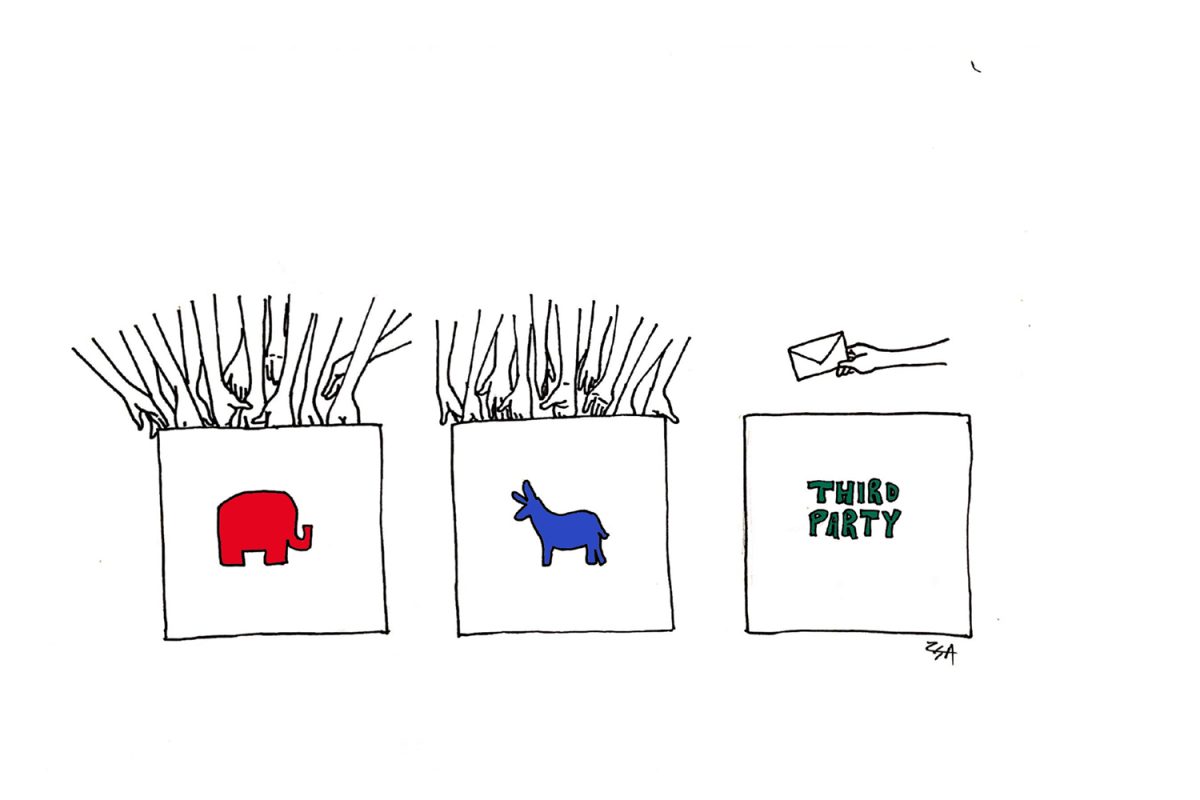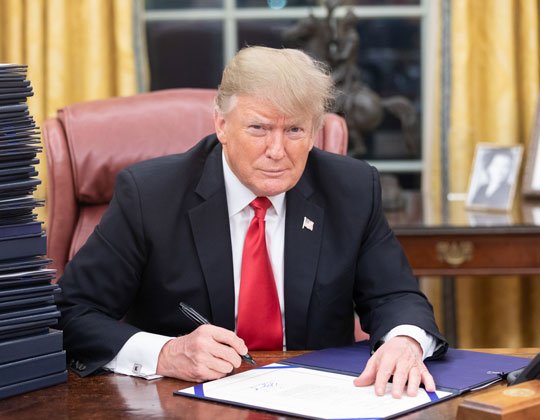The 2024 presidential election is around the corner, and once again, voters are being told that their only real choices are Donald Trump or Kamala Harris. The same tired rhetoric that a vote for a third-party candidate is “a wasted vote” or “a vote for Trump” is making the rounds, perpetuating the stranglehold of the bipartisan system. But here’s the reality: third-party candidates can—and should—matter in this election. We have an opportunity to send a message that the two-party system no longer represents the people’s will. With election day set for Nov. 5, the two leading candidates are engaged in a highly competitive race that polling experts predict will be extremely close. However, due to the dominance of the bipartisan system, many voters either overlook or dismiss third-party candidates, perceiving votes in their favor as wasted. Yet, depending on the state, multiple third-party candidates could play a critical role in shaping the election outcome.
Third-party candidates like Chase Oliver (Libertarian), Jill Stein (Green Party) and Cornel West (Independent) are on various ballots across the country. Although these candidates rarely win elections, they often have a significant impact, especially in close races. Yes, we’ve heard the usual fears about third-party “spoilers”—how Ralph Nader supposedly cost Al Gore the 2000 election or how Jill Stein supposedly siphoned enough votes from Hillary Clinton in 2016 to swing the election in favor of Trump. But this narrative is simplistic at best and manipulative at worst. Major-party candidates often worry about third-party and independent candidates serving as spoilers or snatching votes that could have gone to one of the two candidates with a chance of winning, potentially costing them the election. Still, the situation is not so clear-cut.
If you reside in a swing state, you already understand how important your vote is. It is a close race, and the swing states will decide the election results. According to experts, supporting a third-party or independent candidate in a swing state might disadvantage Harris. Third-party votes in these tight states will disproportionately harm Democrats. In the 2016 election, third-party candidates performed relatively well. With most ballots counted, Libertarian nominee Gary Johnson received more than 3% of the popular vote, while Green Party candidate Stein received 1%. Overall, candidates outside the two major parties garnered around 4.9% of the popular vote. It’s simple to understand why some blame third-party votes, but there are a few flaws in the “third-party votes did it” thesis.
If you live in a traditionally red state and vote for a third-party or independent candidate, political experts say it will have little effect on the overall outcome of the election. On the other hand, if you reside in a traditionally blue state and vote for a third-party or independent candidate, experts believe your vote will not impact the election–but it may divert some votes away from Harris. Candidates like Stein and West may gain support from voters disenchanted with moderate left politics. Yet, in these states, the Democratic lead is frequently big enough that third-party candidates have less of an impact overall.
Let’s get one thing straight: third-party candidates offer real alternatives. When voters are told that voting third party will automatically disadvantage Harris, it’s a scare tactic designed to push voters back into the fold of a system that no longer works for them. Don’t blame third-party candidates if Harris and the Democrats fail to secure victory on their own merit. These candidates often address issues that the major parties ignore. Stein, for instance, has made U.S. foreign policy a central part of her platform, particularly opposing military aid to Israel amid the ongoing Gaza conflict. Voters who feel betrayed by the Biden-Harris administration’s support of Israel now have an alternative in Stein. This is not a “wasted vote;” it’s an essential critique of the current political system.
In battleground states, the influence of third-party candidates is heightened, as even a tiny shift in votes could sway the outcome. This November, each battleground state will have at least one independent or third-party candidate on the ballot. Depending on where you are registered, there may be six or more options to pick from. Political experts have raised concerns that third-party candidates could draw votes away from major-party candidates, particularly in tight races. Historically, third-party candidates have gained enough support in tight elections to influence outcomes, as seen in past elections like 2000 and 2016.
The argument that a third-party vote “doesn’t matter” simply isn’t true in securely blue or red states. If you live in a reliably blue state and are tired of voting Democrat merely to avoid a Trump presidency, a third-party vote sends a clear message that your support is not unconditional. It’s a protest against a system that forces voters to choose between the lesser of two evils, election after election. The two-party system is a deeply flawed construct upheld by fear tactics designed to keep voters in line. It discourages real choice and meaningful political discourse, reducing elections to a binary fight between two largely unpopular candidates. We need to stop treating third-party candidates as spoilers and start seeing them as challengers to the bipartisan status quo. Voting third-party, particularly in a non-swing state, is not just about individual preference—it’s a statement that the two-party system no longer serves the interests of the people. If you feel disillusioned by the options in front of you this November, don’t be afraid to vote third-party. It’s time to break the cycle of fear-based voting and demand a political system that offers real choices.








